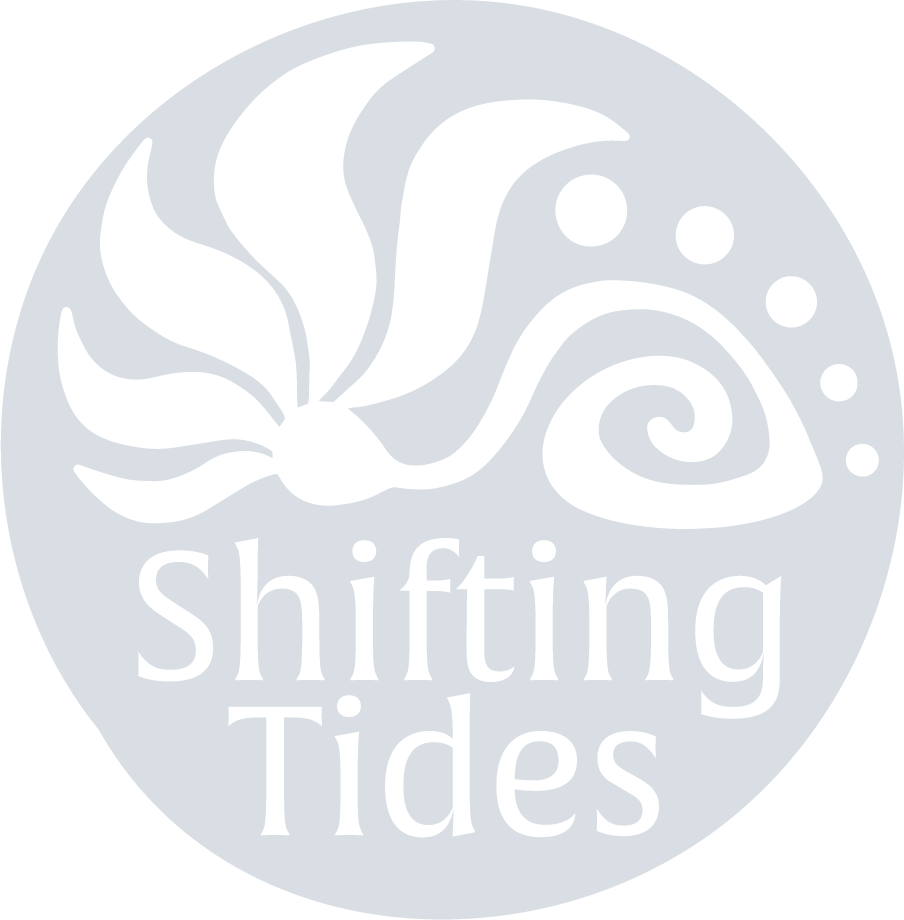Seaweed Foraging on the Oregon Coast
With the start of the seaweed foraging season just about here, I figured it was time to share a little about best practices and seaweed harvesting regulations in Oregon! Learn about the regulations behind seaweed foraging, best practices, and how I like to go about collecting seaweeds for the year. Here’s a little nit and gritty on seaweed harvesting in Oregon, before I get into my personal practices.
Sign up to read this post
Join Now

